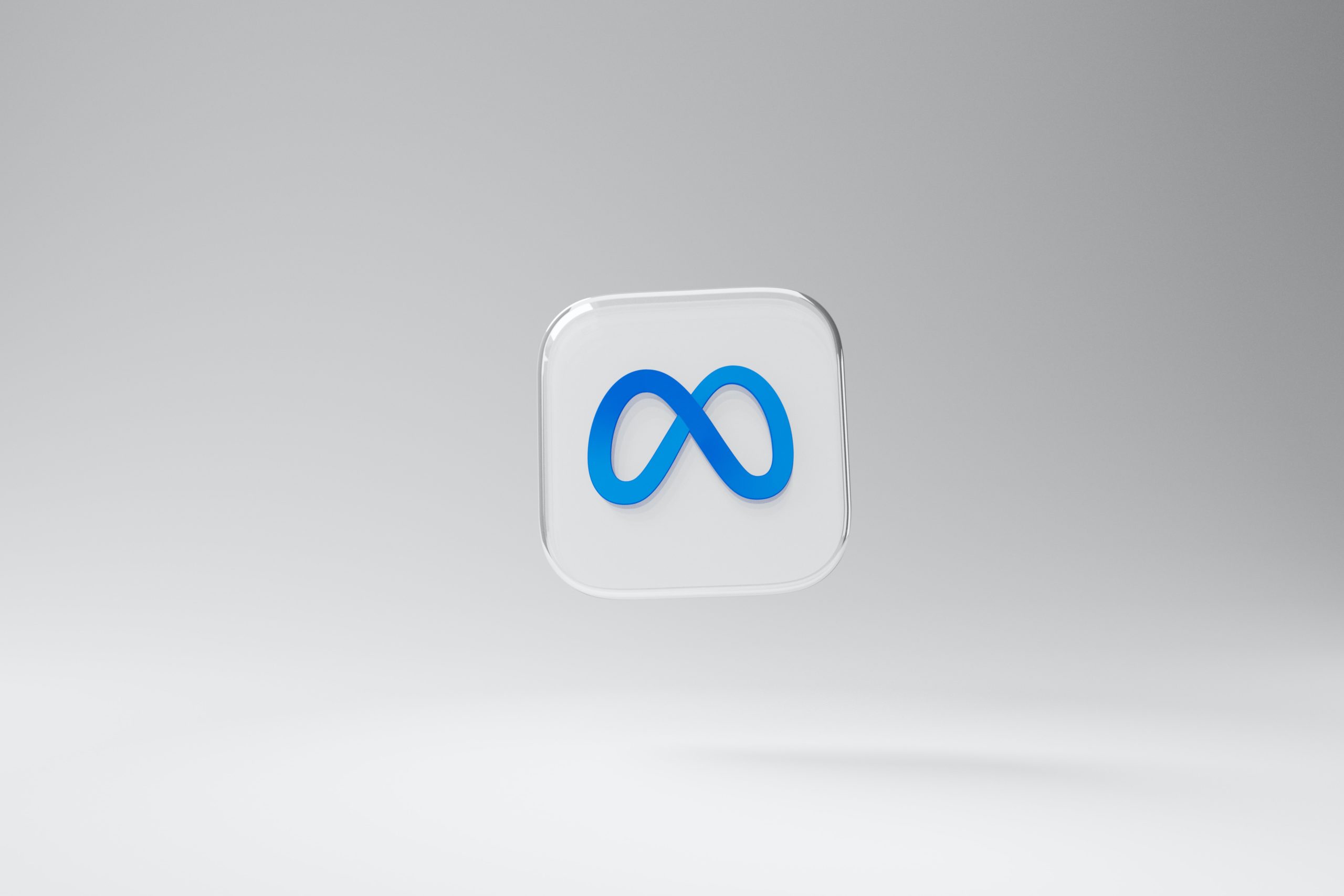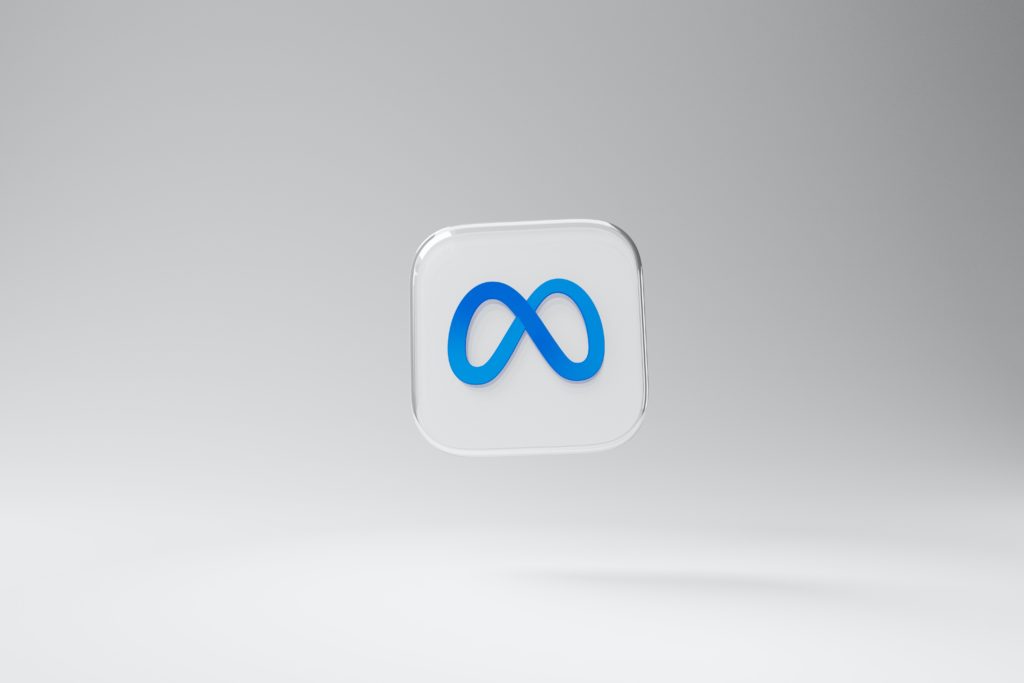Meta App Updates + Discovery Engine

Meta’s direction unveiled
Amid a challenging start to 2022, and with formal testing being implemented across its platforms, rumors of major user-interface changes to Meta’s flagship social media applications have spurred interest and speculation from marketers. With eyes set on TikTok, it appears leaders within Meta are looking for ways to learn from and compete with the video-first application.
Although the rumored changes coming to Facebook and Instagram may look different, all updates are intended to do two things: increase in-app time for users and take market share away from TikTok. And while no official timeline for these updates has been announced, it is important that marketers begin preparing now.
What’s changing for users
Facebook’s in-app changes
In a leaked memo verified by The Verge, Facebook’s application head, Tom Alison, laid out the strategic direction for the world’s most-downloaded social media app. The memo highlighted the importance of video and putting engaging content in front of users. The first update announced in the memo was the integration of Reels and Stories above the news feed, which would increase their prevalence. Making Reels a success in Facebook was identified as an explicit goal, but a simple relocation may not be enough increase engagement with the content type.
Beyond the integration of Reels and Stories above the news feed, Alison also emphasized the importance of messaging and highlighted changes coming to the platform. Separated from the primary Facebook application in 2014, Messenger will be re-integrated into the primary mobile app with cross-platform messaging available to users between Facebook, Instagram, and WhatsApp.
Additionally, Facebook will be tinkering with its share button to make it easier for users to share posts via messages with friends and small groups. In an interview with The Verge, Alison commented on how user behavior is changing on social media toward more personal sharing, saying, “what we’re really finding is that people want to connect over content.” While the ability to share content with other users via direct message will be new to Facebook, Instagram has boasted this capability for years.
A new discovery engine
The leaked Facebook memo also introduced the concept of a “discovery engine,” an AI system that would increase the amount of suggested content shown to users. Currently, most content shown to Facebook users comes from connected sources, including friends, pages followed, and groups joined. Taking notes from TikTok’s success, the new discovery engine will show content from unconnected sources more often based on interests and signals interpreted by the AI.
Instagram tests an immersive home feed
Earlier in May, Meta’s head of Instagram, Adam Mosseri, unveiled a new test that made the photo and video application’s home feed look a lot like TikTok. Called “immersive experiences,” the application’s UI adjusted to make photos and videos full screen within the feed, overlaying profile information, captions, and engagement buttons over the visuals.
Although most replies to Mosseri’s call for feedback criticized the functionality of the test changes — including difficulty reading captions, trouble scrolling between posts, and disappointment with changing images — it is likely that Instagram’s interface will eventually shift to be more immersive.
In addition to the UI test, Instagram users will begin seeing more and more recommended content, likely also fueled by the discovery engine. In a video posted to Twitter introducing the test, Mosseri emphasized the importance of video and recommended content in the home feed, mimicking the priorities laid out by Facebook leadership.
What this means for marketers
Messaging
By re-introducing Messenger into the Facebook application and rolling out new private sharing features, Meta is showcasing how user behavior is changing on social media platforms. Rather than broadcasting shared content to all friends and followers, the new in-app messaging features will allow users to have more intimate conversations around the content they enjoy. This reflects trends observed on Instagram and within rival app, TikTok. The lines between social and messaging are blurring more than ever.
Unfortunately, Facebook has not revealed if or how page administrators will be able to measure private shares in platform. Ideally, private shares would be counted as an engagement type, either grouped with public shares or as a separate engagement metric. And although unlikely, it is possible that advertisers might even be able to optimize toward private sharing within the post engagement objective.
Discovery
Perhaps the biggest change coming to both Facebook and Instagram is the increase in unconnected content served to users via the discovery engine. Increasing the prevalence of highly engaging content suggested to users could be the key to slowing TikTok’s growth.
For brands on Facebook and Instagram, the discovery engine may help increase the visibility of content shared, using signals from engaged audiences to identify other users who might also want to engage. Content should be created under the assumption that users have not engaged with the brand before, offering value to anyone who sees a post from the brand.
Across both Facebook and Instagram, video is poised to become the most important type of content for users and brands to create and share. To adapt, marketers should begin planning and testing the use of mobile-optimized videos, focusing first on Reels. The integration and potential for discovery of Reels across both social networks makes the format most important.
To begin planning for Reels, social marketers should select desired topics from their content strategy aligned to key audiences most likely to see and engage with the videos. Reels should be oriented to provide entertainment and value to those who see them, leveraging popular social video features such as text overlays, computer-generated voice overs, and music.
An increase in video content will also require a shift in measurement and goals. Videos tend to earn more passive engagements, like three-second video views, rather than active (visible) engagements, such as comments, reactions, and shares. Fewer visible engagements will affect benchmarks and KPIs like engagement rate. New social goals, however, can be created to gauge the efficacy of the content created.
Even with an emphasis on video, there will still be millions of images and status updates posted to Meta’s platforms daily. While prioritization of videos could negatively affect the visibility of non-video content, user behavior isn’t going to shift overnight – the discovery engine will most likely reward content that successfully garners both active and passive engagement, regardless of format.



